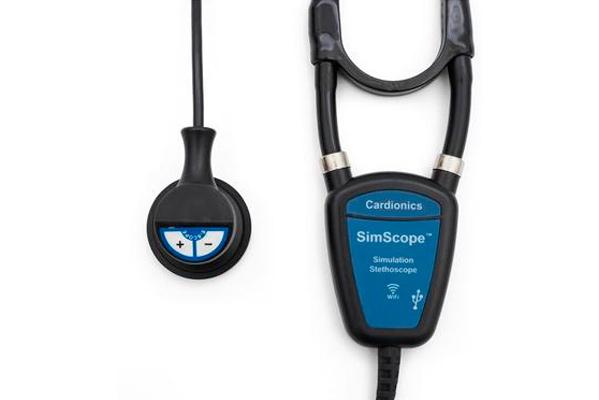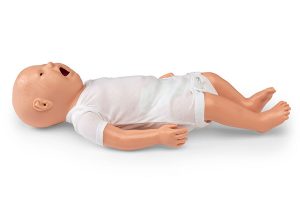CASES AND PATHOLOGIES
HEART (21 sounds):
- Atrial Fibrillation
- Aortic Regurgitation
- Mild Aortic Stenosis
- Congestive heart failure
- Fourth heart sound during late diastole
- Innocent systolic murmur
- Mild Mitral Regurgitation
- Mitral Stenosis
- Normal heart sound 75 BPM
- Paradoxical Split S2
- Patent Ductus Arteriosus (PDA)
- Pericardial Fibrillation
- Physiologic S2 Fissure
- Pulmonary Hypertension
- Pulmonary Stenosis
- Systolic ejection clipping
- Tetralogy of Fallot
- Third heart sound
- Tricuspid regurgitation
- Venous tingling
- Ventricular septal defect 90 BPM
LUNG (14 sounds):
- Asthma
- Atelectasis
- Bronchial breathing
- Bronchovsicular
- COVID-19
- Coarse crackles
- Fine crackles
- Chronic bronchitis
- Emphysema
- Pleural rub
- Stridor
- Vesicular Normal
- Snorting
- Rhoncus Resoplido Rhoncus
INTESTINAL (7 sounds):
- Borborygmus I
- Crohn’s disease
- Diarrhoea
- Irritable Bowel
- Normal 4 year old child
- Normal 20 year old
- Normal 60 year old
BRUITS (2 sounds):
- Aortic aneurysm
- Middle murmur







